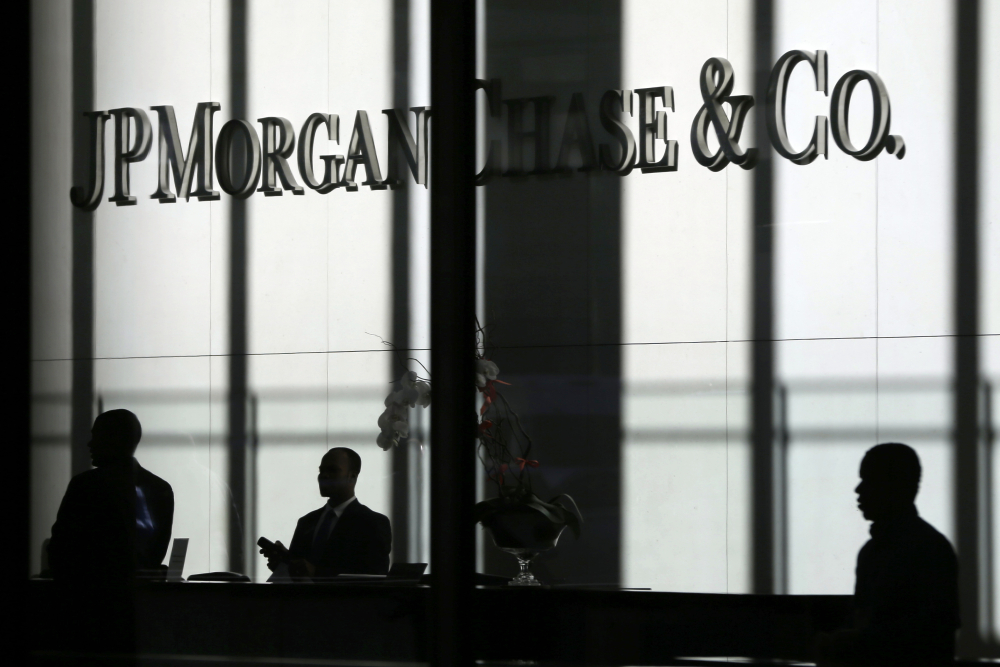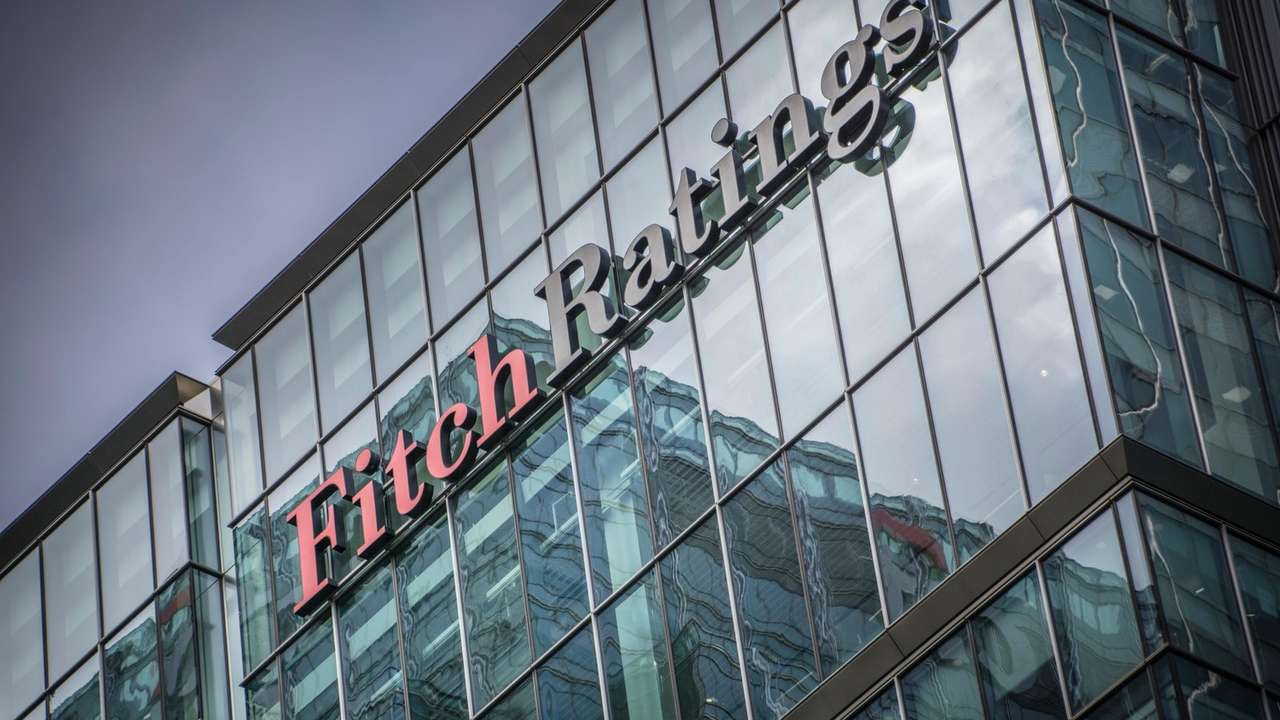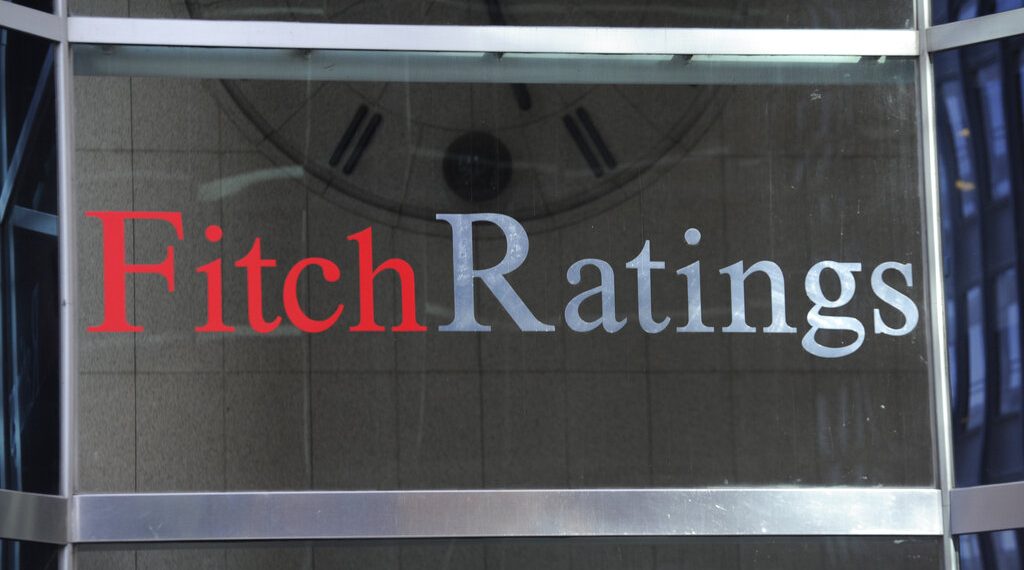Fitch Ratings analysts cautioned that U.S. banks heavily involved in lending to multi-family properties, especially those subject to rent control, face potential losses this year due to escalating costs confronting property owners.
During a recent call, analysts underscored the risks confronting banks that have extended loans to apartment complexes and other multi-family dwellings.
According to Fitch, lending to multi-family borrowers surged by 32% since 2020, reaching $613 billion by the close of 2023. However, the supply of rental units has started surpassing demand, leading to downward pressure on rental rates.

This, coupled with rising interest rates, insurance premiums, and declining property values, adds to the challenges faced by landlords.
Particularly in regions with strict rent control policies, landlords encounter limitations in raising rents to offset mounting expenses, as highlighted by Brian Thies, a senior director at Fitch. Concerns over loan performance arise due to the difficulty in bridging this gap.
The impact was evident in February when New York Community Bancorp reported significant losses, including on a New York-based rent-controlled multi-family loan.
Fitch identified 10 banks with substantial exposure to multi-family loans by the end of 2023, including Flagstar Bank, First Foundation Bank, Dime Community Bank, Pacific Premier Bank, and Apple Bank for Savings.

These banks are heavily involved in rent-controlled multi-family loan markets in states with stringent regulations such as California, New York, New Jersey, and Oregon.
At the end of 2023, 49 banks had at least 5% of multi-family loans past due on their payments, primarily regional and community banks.
Fitch analysts anticipate that capital-constrained banks may resort to selling these loans, potentially at a loss, to mitigate risks. While many banks are adequately reserved for multifamily lending, loan disposals will depend on collateral value and market liquidity, according to Thies.


















